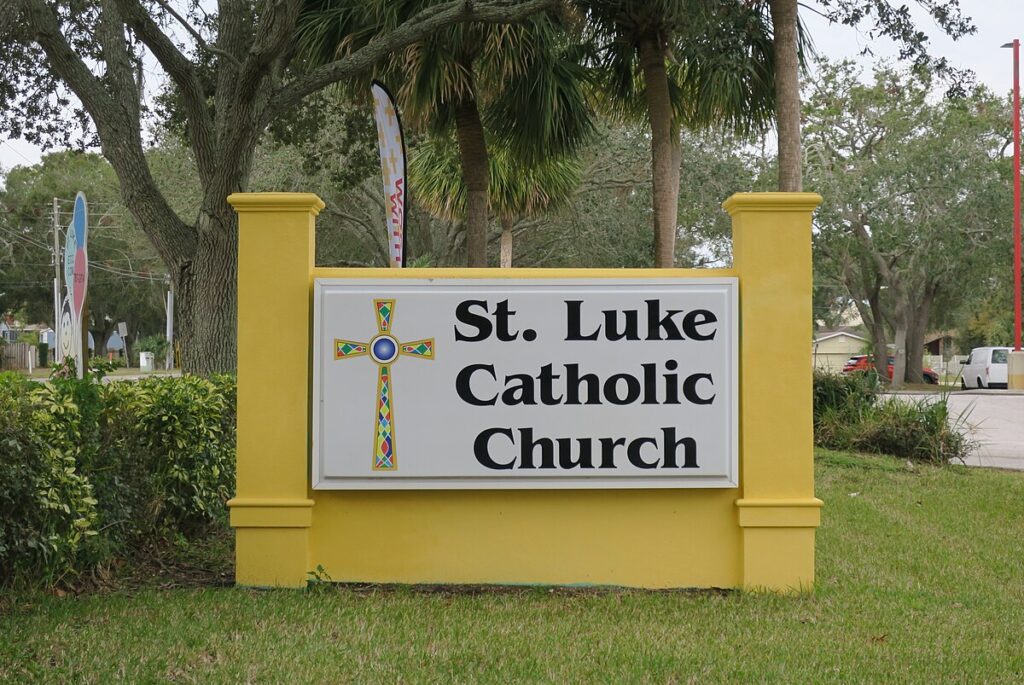
Moving to Palm Harbor, Florida: A Comprehensive Relocation Guide
Considering moving to Palm Harbor, Florida? This upscale Pinellas County community offers excellent schools, convenient location, and family-friendly atmosphere. With approximately 62,000 residents in 2025, Palm Harbor combines suburban living with easy beach access and Tampa Bay area connectivity.
Demographic Profile to Consider If Moving to Palm Harbor:
Palm Harbor’s 2025 population is approximately 62,000 residents in this unincorporated community in northern Pinellas County. The median age is around 48 years, with affluent families, professionals, and retirees. The population is approximately 85% White, 8% Hispanic. Palm Harbor features upscale neighborhoods, highly-rated schools, and proximity to both Gulf Coast beaches and Tampa employment. The community maintains residential character with limited high-density development, attracting families prioritizing education and quality of life. Palm Harbor appeals to professionals and families seeking top Pinellas County schools without beachfront premiums. The area’s reputation for education and safety drives continuous demand. Find trusted local services for moving, living, and working in Palm Harbor.Palm Harbor Relocation Directory
Cost of Living to Consider If Moving to Palm Harbor:
Palm Harbor represents upper-moderate pricing for Pinellas County. Median home values range from $380,000 to $520,000 in 2025, reflecting the area’s quality schools and desirability. The median household income is approximately $80,000. Rental properties average $1,900 to $2,600 monthly. Florida’s absence of state income tax benefits residents. Overall cost of living reflects Palm Harbor’s top schools, safety, and convenient location. The community attracts affluent professionals and families willing to pay premiums for educational quality and residential character. Housing costs create some exclusivity while maintaining family-focused atmosphere. The combination of schools and location justifies pricing.
Economy and Job Market:
Palm Harbor residents typically commute to jobs throughout Pinellas County, Tampa, or surrounding areas. Major nearby employers include healthcare facilities, corporate offices in Clearwater and Tampa, and businesses throughout the Tampa Bay metro. Many residents work in professional services, healthcare, finance, technology, and management. The broader Tampa Bay region offers vast employment opportunities. Typical commute times to Clearwater or Tampa range 20-35 minutes. The community serves as a residential hub for Tampa Bay professionals. Many residents hold advanced degrees and work in high-skilled professional fields prioritizing school quality for their families.
Education:
Pinellas County Schools serves Palm Harbor students with highly-rated schools including Palm Harbor University High School (one of Florida’s largest and best high schools), Tarpon Springs High School, and numerous top-performing elementary and middle schools. The area’s schools consistently rank among Pinellas County’s best, attracting families specifically for educational quality. The large district offers magnet programs and choice schools. St. Petersburg College campuses provide associate degrees. The University of South Florida and other regional universities are accessible. The exceptional school system is the primary reason families relocate to Palm Harbor, creating education-centered community values.
Recreation and Lifestyle:
Palm Harbor offers access to Gulf Coast beaches including Honeymoon Island State Park and Caladesi Island State Park (consistently ranked among America’s best beaches) within 15 minutes. The Pinellas Trail passes through the area offering paved recreation paths. John Chesnut Sr. Park provides nature trails and kayaking. The community maintains neighborhood parks and recreation facilities. Residents enjoy easy access to Tampa Bay professional sports, cultural venues, and entertainment. Shopping centers including Palm Harbor Village Center serve daily needs. The lifestyle emphasizes family activities, outdoor recreation, and beach access. The subtropical climate enables year-round outdoor activities. The community values education, family, and quality residential environment.
Healthcare and Services:
Palm Harbor residents access comprehensive healthcare through AdventHealth North Pinellas, Mease Countryside Hospital, and numerous facilities throughout Pinellas County. The Tampa Bay area’s extensive healthcare infrastructure provides quality medical care easily accessible. Multiple hospitals and specialized services operate throughout the region.
Transportation:
Palm Harbor is accessed via U.S. Highway 19 (primary north-south corridor), State Road 586 (Curlew Road), and Tampa Road. Tampa International Airport is approximately 30 minutes southeast. St. Petersburg-Clearwater International Airport provides additional service. Pinellas Suncoast Transit Authority (PSTA) operates bus routes throughout Palm Harbor. Most residents use personal vehicles. Typical commute times to Tampa Bay employment centers range 25-40 minutes.
Conclusion:
Moving to Palm Harbor in 2025 offers upscale suburban living with top-rated schools, beach access, and family-friendly atmosphere. The community’s combination of educational excellence, safety, and convenient location between Gulf beaches and Tampa employment makes it ideal for professionals, families, and those seeking premier Pinellas County lifestyle with focus on education and quality of life.

